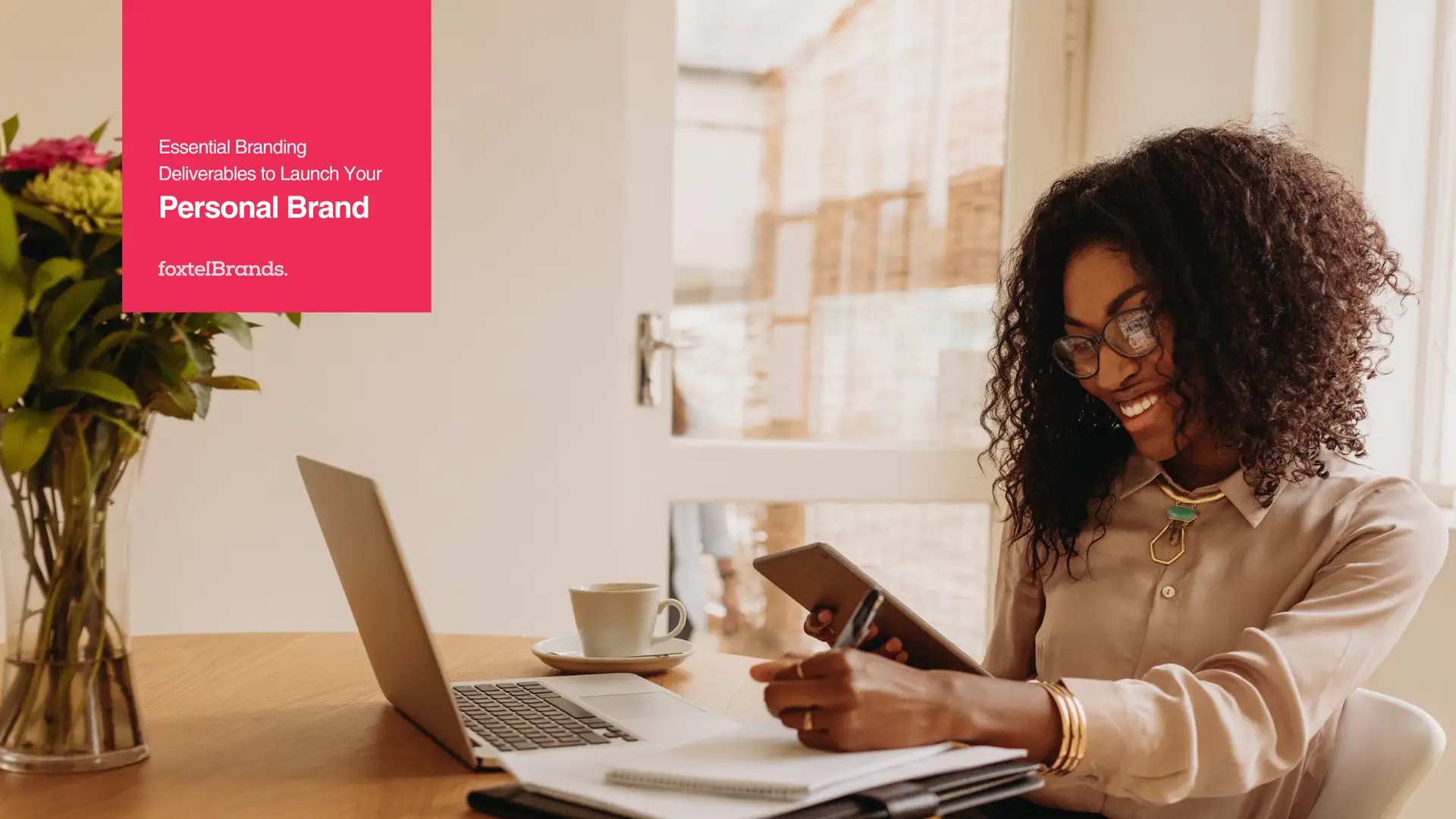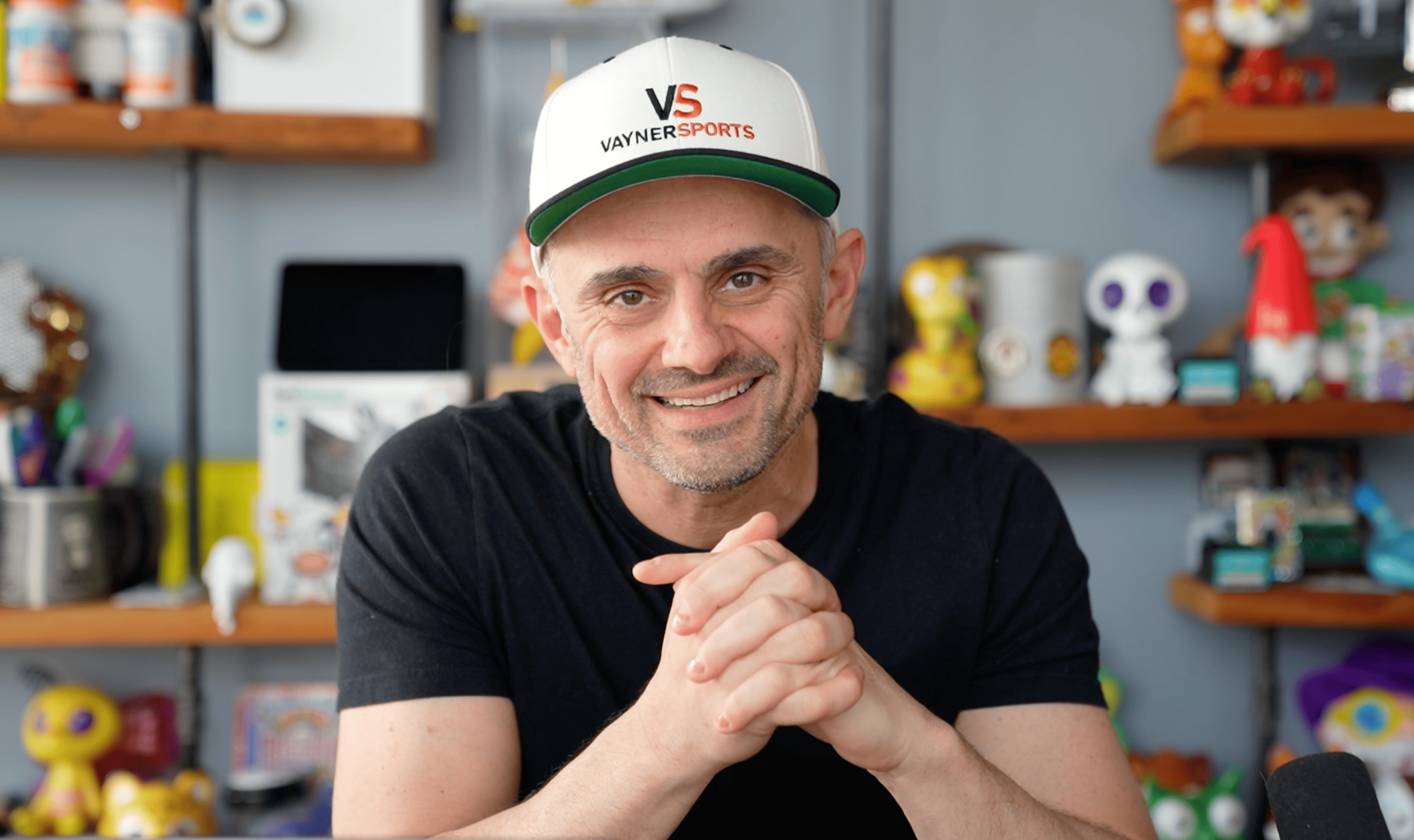Personal branding is all about creating a unique and authentic identity that clicks with your audience. A strong personal brand can skyrocket your credibility, open doors to opportunities, and build a loyal following. The journey involves defining your brand, staying consistent across platforms, boosting visibility, and crafting an engaging experience for your audience. Your personal brand is more than just a logo or a catchy tagline. It’s your story, your voice, and the unique value you bring to the table. A strong personal brand can open doors, attract opportunities, and build a loyal following.
Essential Branding Elements for Personal Brands:
It is important to note that the elements and deliverables for educational branding vary from platform to platform, depending on the audience group they serve.
Brand Strategy: Laying the Groundwork
Why It’s Needed: A brand strategy aligns your goals with your brand identity. It keeps every aspect of your personal brand—from visuals to messaging—on point with your core values and target audience. Think of it as the foundation that keeps everything rock solid.
Logo Design
Why It’s Needed: Your logo is like your brand’s handshake. It’s the first thing people notice and remember. A unique and memorable logo makes your brand stand out in a crowd.
Website Design
Why It’s Needed: Your website is your brand’s online home. A professional, user-friendly, and responsive site builds trust and provides all the info your audience needs.
App Interface Design (if applicable)
Why It’s Needed: Got an app? Make it user-friendly and visually appealing. Keep users hooked and make their interactions smooth as butter.
Content Creation
Why It’s Needed: Engaging content like blogs, videos, and social media posts builds your authority and connects with your audience. It’s the heart and soul of your personal brand.
Social Media Branding
Why It’s Needed: Social media is where the magic happens. Consistent and eye-catching profiles help you connect with your audience and keep them engaged.
Digital Marketing Materials
Why It’s Needed: From social media graphics to email templates, digital marketing materials spread the word about your brand effectively.
Marketing Collateral
Why It’s Needed: Business cards, brochures, and flyers reinforce your brand identity and ensure people remember you.
Brand Merchandise
Why It’s Needed: Branded merch like t-shirts and mugs boosts visibility and creates a sense of connection with your audience.
Expected deliverables from designers
Your designers should hook you up with these deliverables to keep your personal brand on point:
Brand Strategy Document:
Mission statement: What drives you as an entrepreneur.
Vision statement: Your long-term goals and aspirations.
Core values: The beliefs that guide your brand.
Target audience analysis: Who you’re reaching out to and what makes them tick.
Unique Selling Points (USPs): What sets you apart from the rest.
Brand positioning and messaging: Your brand’s voice and vibe.
Logo Design:
Initial sketches and concept development: Creative ideas that capture your brand essence.
Design brief: Details on style, colors, and themes.
Final logo in various formats: High-resolution files (JPEG, PNG, SVG, EPS).
Horizontal and vertical logo variations: Flexibility for different uses.
Logo usage guidelines: Consistency is key.
Brand Guidelines:
Color palette and codes: Your brand’s color scheme.
Typography and font usage: Your go-to fonts.
Logo usage and placement: How to use your logo correctly.
Imagery and photography style: Visual style that matches your brand.
Tone of voice and messaging: How you communicate.
Do’s and Don’ts of brand usage: Keep your brand on track.
Website Design:
Sitemap and wireframes: Your website’s blueprint.
High-fidelity mockups: Detailed design of your site.
User Interface (UI) design: Visual elements and features.
User Experience (UX) design: Smooth and intuitive user journey.
Responsive design for various devices: Compatibility across devices.
Development-ready files: HTML, CSS, and JavaScript files.
Content Management System (CMS) integration: Easy updates and management.
App Interface Design (if applicable):
User flow diagrams: How users navigate your app.
Wireframes for key screens: App structure layout.
Interactive prototypes: Testable models for feedback.
High-fidelity mockups: Final app design.
User testing feedback: Insights to refine the design.
Final design files: Ready for development.
Content Creation:
Content strategy: Plan for creating and sharing content.
Blog post templates: Branded templates for blogs.
Video intros and outros: Branded video elements.
Podcast branding: Cover art and episode templates.
Social media graphics: Engaging visuals for posts.
Email newsletter templates: Branded email designs.
Social Media Branding:
Profile pictures and cover images: Consistent and appealing designs.
Branded templates for posts: Custom designs for social media.
Content calendar: Plan for posting content.
Digital Marketing Materials:
Social media templates: Customizable designs.
Email newsletter templates: Branded designs for emails.
Online ad banners: Static and animated ads.
Blog post graphics: Visuals for blogs.
Infographics and data visualizations: Informative graphics.
Marketing Collateral:
Business cards: Professional and memorable.
Brochures: Informative and visually appealing.
Flyers and posters: Eye-catching materials.
Presentation templates: Branded templates for presentations.
Event materials: Branded materials for events.
Brand Merchandise:
T-shirt designs: Creative and wearable.
Mug designs: Branded mugs.
Tote bags: Functional and branded.
Stationery items: Branded notebooks, pens, etc.
Custom promotional items: Unique branded items.
Human-Centric and Accessibility-Focused Elements: Make sure everyone, including people with disabilities, can interact with your brand. Accessibility is crucial for an inclusive and welcoming brand experience.
Inclusive Design Tips:
Visual Accessibility: High contrast colors, readable fonts, and alt text for images.
Auditory Accessibility: Captions and transcripts for videos and audio.
Mobility Accessibility: Wheelchair-accessible physical spaces (if applicable).
Cognitive Accessibility: Clear and simple language, multiple engagement options.
Digital Accessibility: Comply with accessibility standards (e.g., WCAG) for digital content.
Case Study:
Gary Vaynerchuk: A Personal Branding Powerhouse
Gary Vaynerchuk’s branding journey is a masterclass in personal branding. He started with a wine business and became a social media mogul and motivational speaker.
Before the Rebrand: Gary Vee kicked off his journey with “Wine Library TV,” where he shared wine reviews and tips. As he expanded his brand, he needed a cohesive identity that reflected his personality and vision.
The Rebranding Process: Gary focused on creating a consistent and authentic brand that stood out. His efforts emphasized hustle, authenticity, and engagement with his audience.
Key Branding Elements:
Logo Design: A modern and recognizable logo that reflects his personality.
Website Design: A clean and intuitive website that showcases his content and services.
App Interface Design: An engaging app for easy access to his content.
Content Creation: High-quality videos, podcasts, blogs, and social media posts.
Social Media Branding: Consistent and visually appealing profiles across platforms.
Digital Marketing Materials: Engaging graphics, email templates, and online ads.
Human-Centric and Accessibility-Focused Elements: Gary’s brand is accessible and inclusive, with features like captions for videos and easy-to-navigate digital content.
Results: Gary Vee’s rebranding efforts paid off with a massive increase in followers, engagement, and opportunities. His strong personal brand positioned him as a leading entrepreneur and motivational speaker.
Conclusion:
Personal branding is a game-changer for entrepreneurs. By focusing on key branding elements and ensuring accessibility, you can create a powerful and memorable personal brand. If you have any questions or need further assistance, feel free to reach out.
Talk to us
Enhance Your Personal Brand with FoxtelBrands
Ready to elevate your personal brand? At FoxtelBrands, we specialize in crafting compelling brand identities that drive engagement and success. Whether you’re launching a new venture or rebranding yourself, our expert team is here to help you create a unique and memorable brand experience, contact us today.


